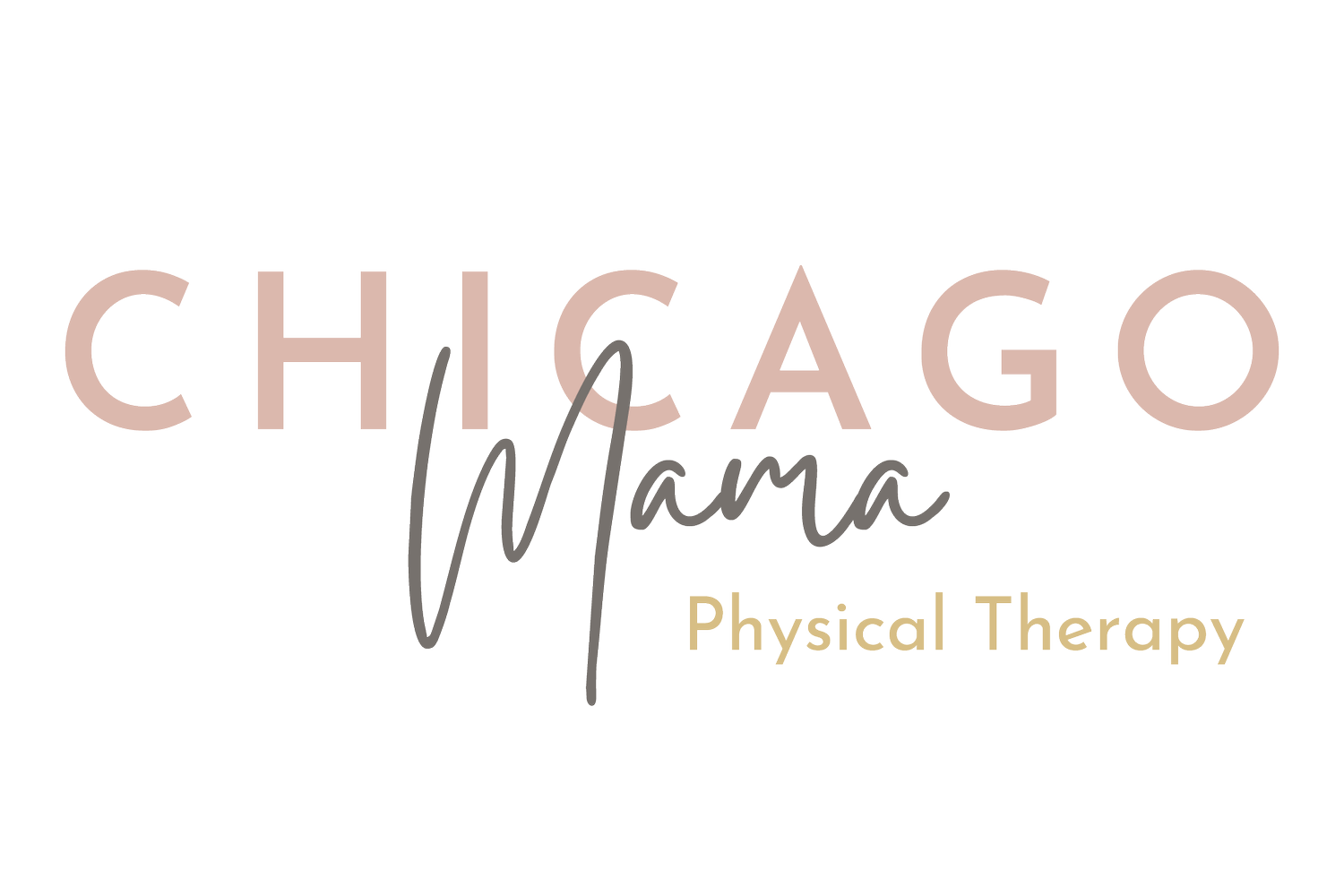Postpartum Pelvic Floor Recovery: What Every Mom Needs to Know
Understanding Postpartum Pelvic Floor Recovery
Postpartum recovery takes time—and it’s so much more than the traditional “6-week checkup." Here’s what research shows:
The uterus and placenta site heal in the first several weeks, though your body is still doing quiet internal repair for months.
Muscles, joints, and tissues can take up to a year to fully recover and feel strong again.
Hormones and brain chemistry shift rapidly after birth but can remain in flux for months to years, especially while breastfeeding.
The transition into motherhood—your routines, identity, and sense of self—is a journey that continues well beyond the first year. Postpartum pelvic floor recovery is an essential step in healing after childbirth. This article will explain what happens to the pelvic floor during pregnancy and birth, signs your pelvic floor needs support after birth, and the benefits of postpartum pelvic floor therapy.
What Happens to the Pelvic Floor During Pregnancy and Birth
During pregnancy, the pelvic floor muscles work to support the bladder, uterus, and bowel. As the uterus expands, these muscles work even harder to support the added weight. Hormonal changes, particularly relaxin and progesterone, increase tissue flexibility, which is good for delivery but can temporarily reduce muscle strength and stability. Because of this, the pelvic floor and surrounding core/hip muscles have to work harder to stabilize the pelvis and support the growing baby and changing pelvis.
During vaginal delivery, the pelvic floor may stretch up to three times its normal length. This can result in muscle tears, never irritation, or connective tissue strain, sometimes leading to symptoms such as urinary and bowel leakage, pelvic heaviness, or pain.
Image adapted: Milton Keynes University Hospital NHS Foundation Trust
Even with a cesarean delivery, the pelvic floor is affected by the physical load of pregnancy, and abdominal surgery can alter core and pelvic coordination. The pelvic floor can respond in a protective way to the surgery as well leading to pelvic pain.
Signs Your Pelvic Floor Needs Support After Birth
These are some of the most common issues we help new moms address at Chicago Mama Physical Therapy in Barrington, IL.
Urinary leakage when sneezing, laughing, lifting, or return to higher level activity
Pressure or heaviness in the vagina
Pain with intercourse
Difficulty emptying bladder or bowels
Core weakness or back pain
Transition back to workouts and high level activity
Benefits of Pelvic Floor Therapy for Postpartum Recovery
Pregnancy and birth — regardless of delivery type — are major events for the pelvic floor. These muscles are incredibly adaptable, but sometimes they need guided rehabilitation to fully recover. Many people suffer in silence with pelvic health issues, thinking they’re a normal part of postpartum recovery. The truth is, these conditions are treatable! Pelvic floor therapy can help restore confidence, comfort, and overall well-being.
We like to tell all of our patients to:
Take the time. Give yourself patience. You don’t need to “bounce back.” You are already doing an incredible job. And, we got you!
When to Start Postpartum Pelvic Floor Therapy
We would love every new mama to see us around 4-6 weeks postpartum, whether you have delivered vaginally or through cesarean. Even if you are well beyond 6 weeks, it is never too late to start.
Curious about what to expect in a pelvic floor physical therapy session? Check out this blog post.
How to Get Started
Ready to begin your healing journey? If you’re in Barrington, IL or the surrounding Northwest suburbs and ready to focus on your postpartum pelvic floor recovery, our team is here to help.
Schedule your free discovery call today and learn how pelvic floor therapy can help you with postpartum pelvic floor recovery. We can't wait to be a part of your journey!
To schedule a free discovery call, visit chicagomamapt.com/contact or call 312.554.5146.



